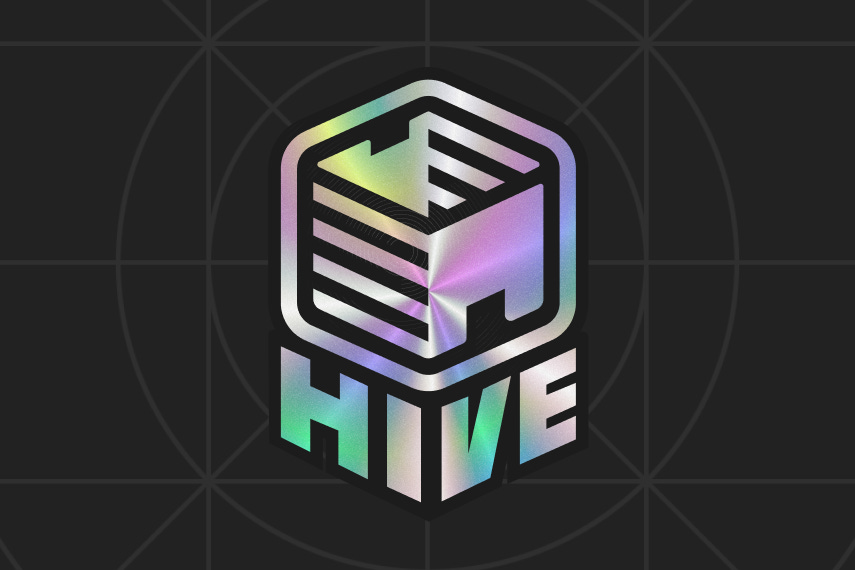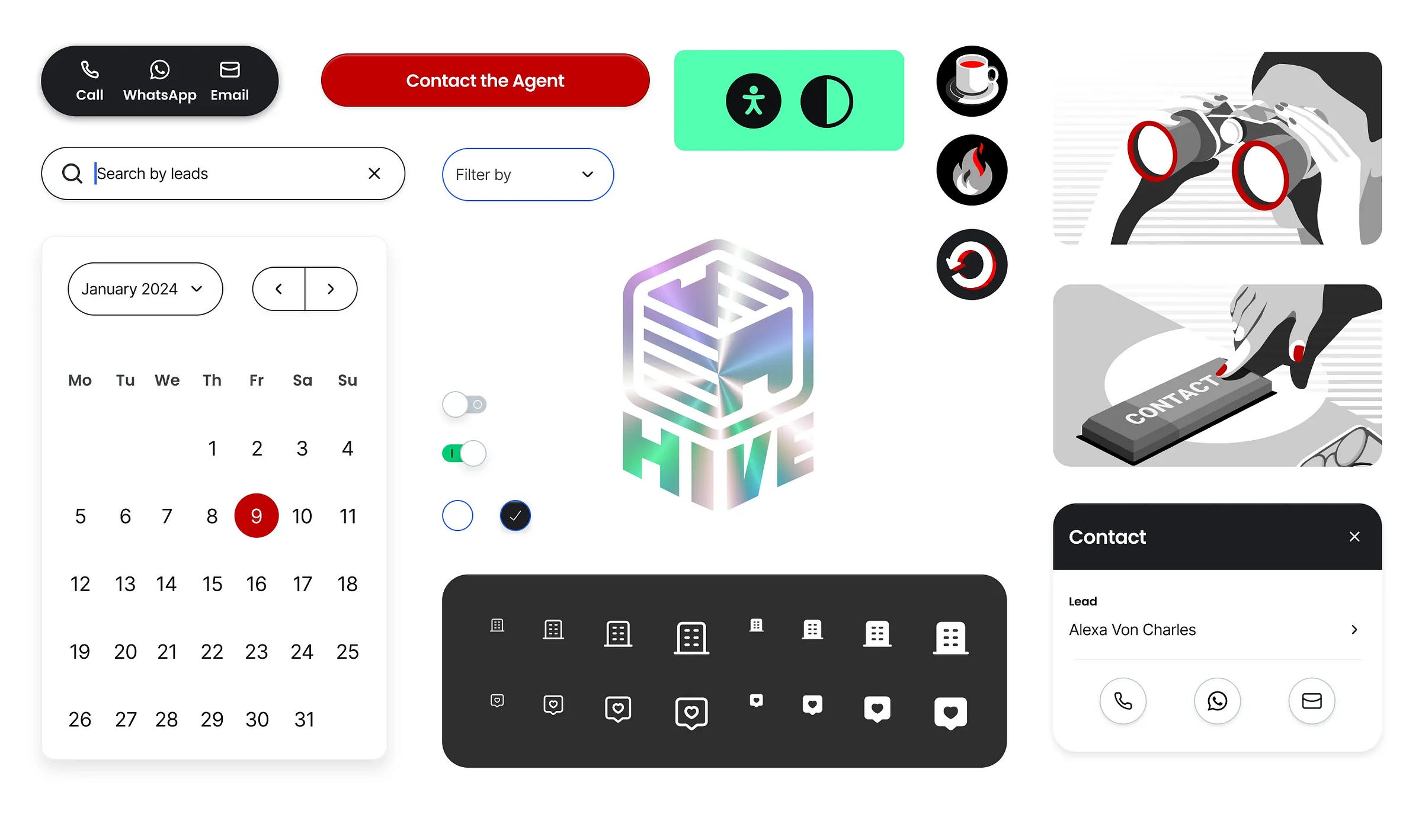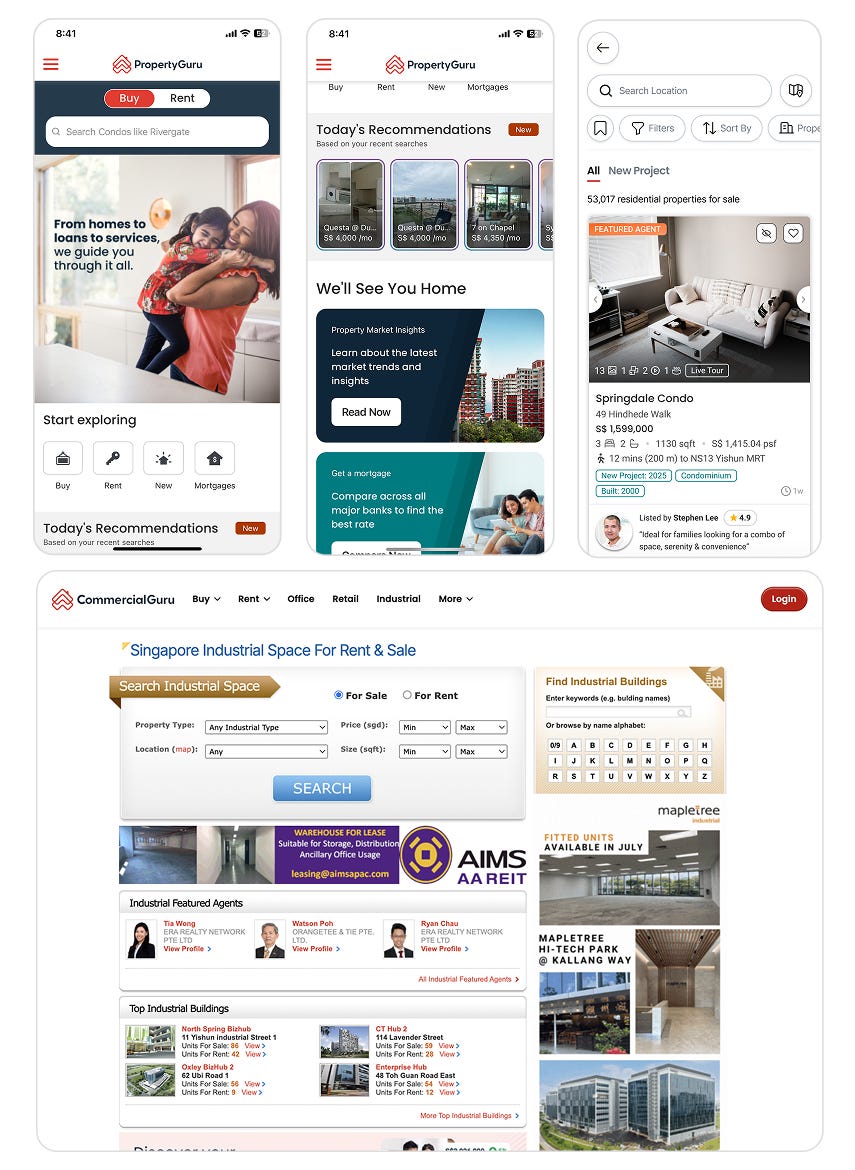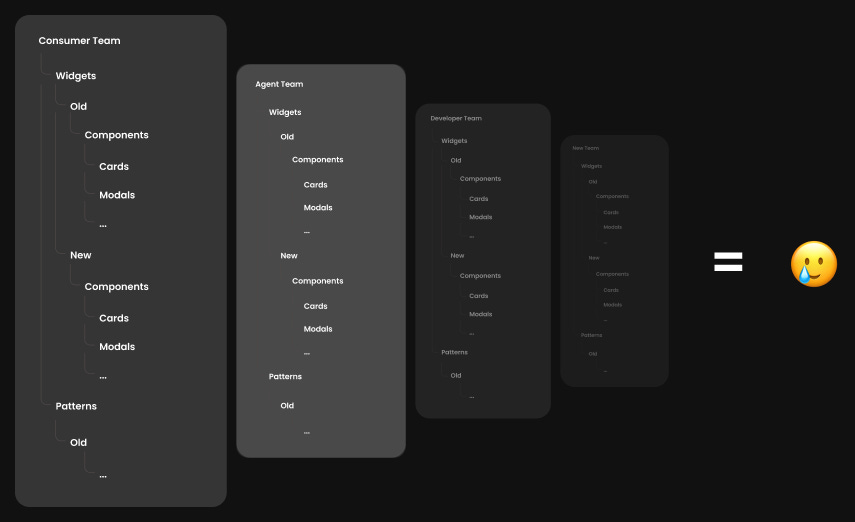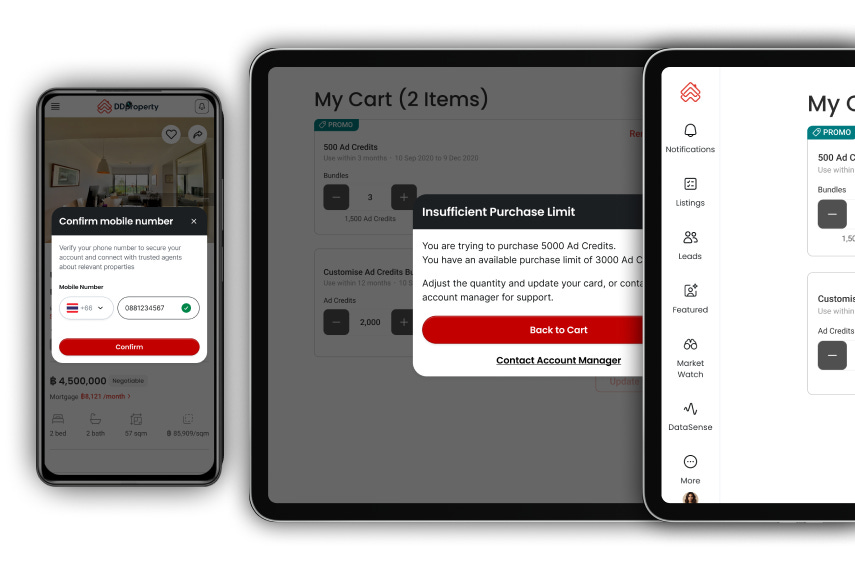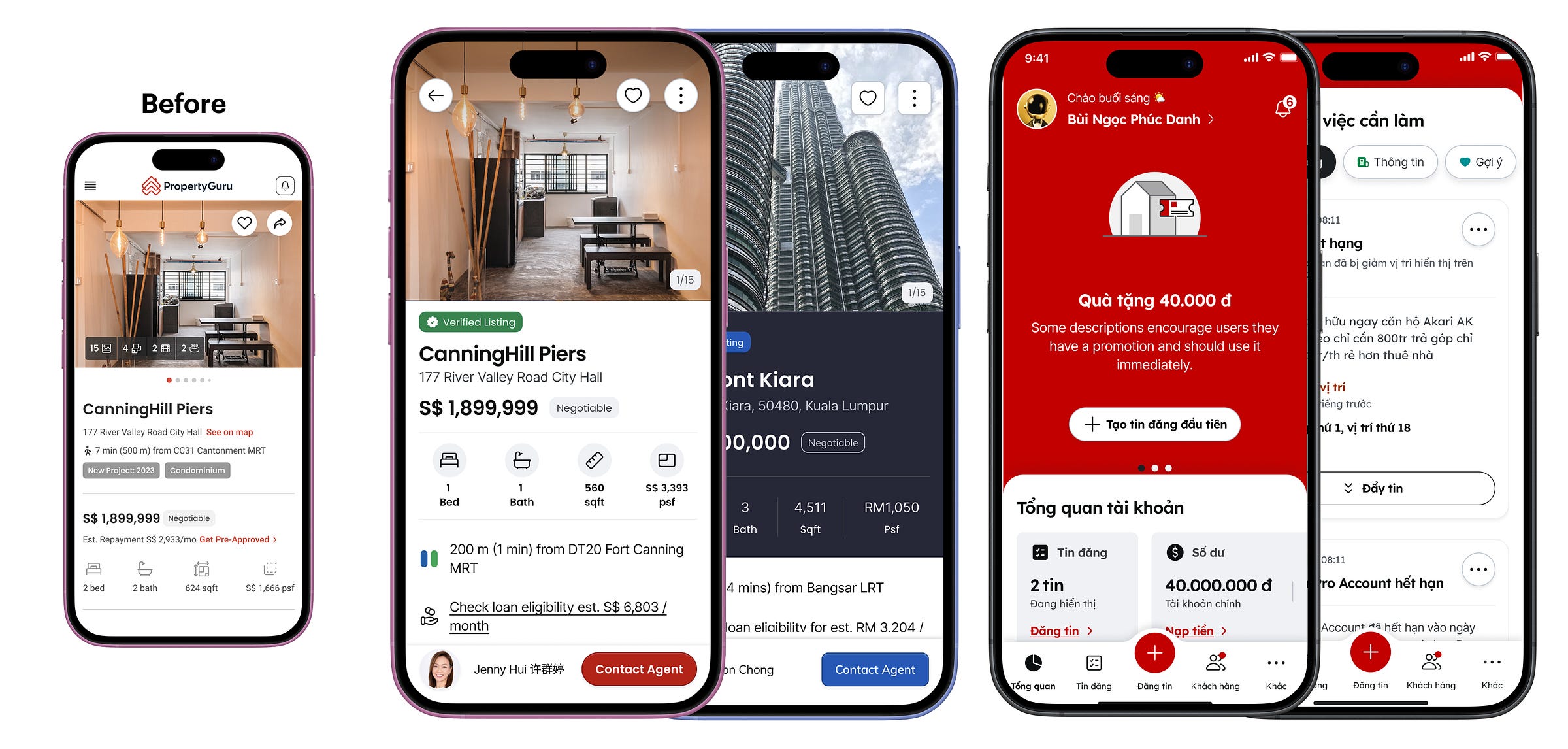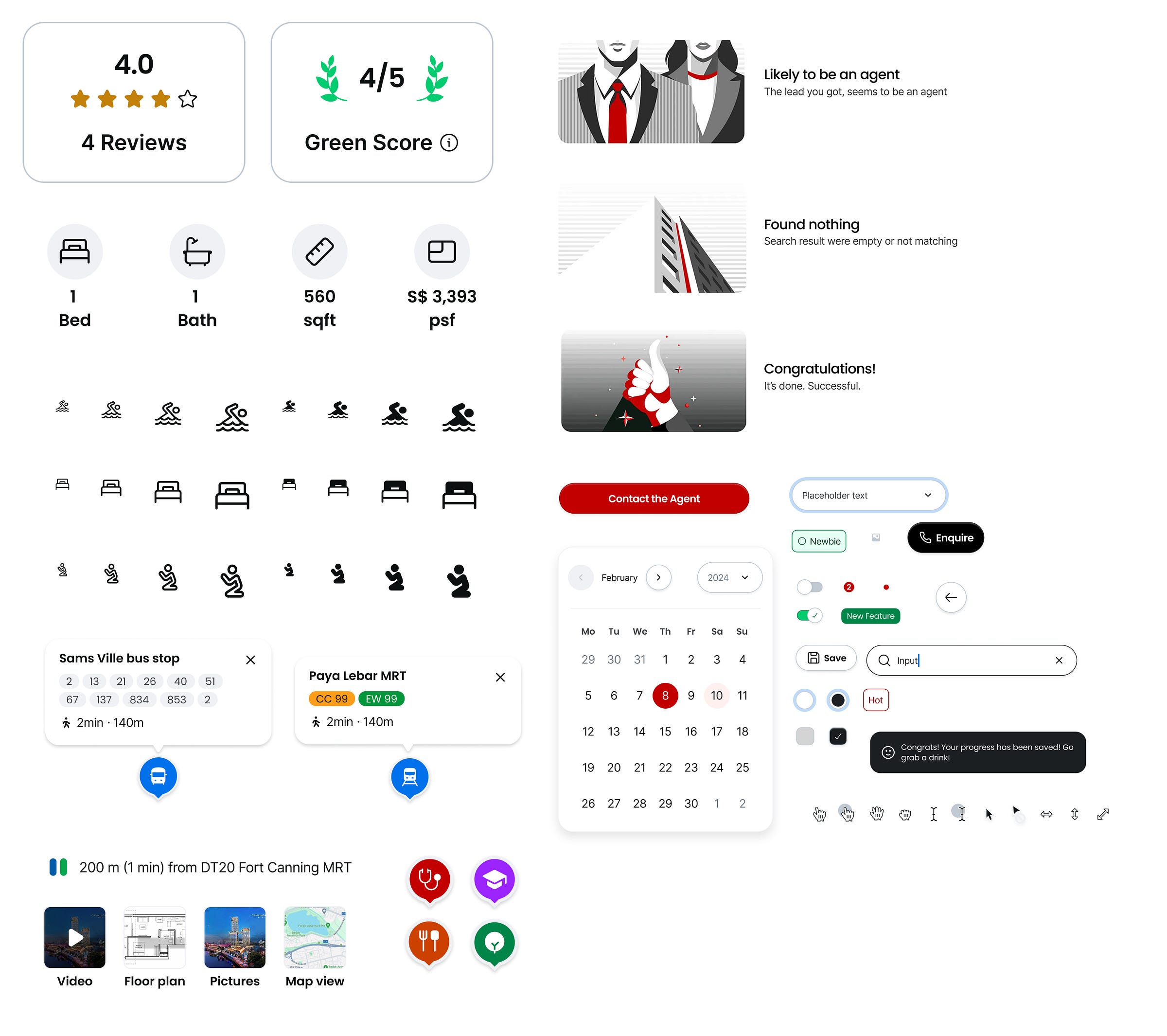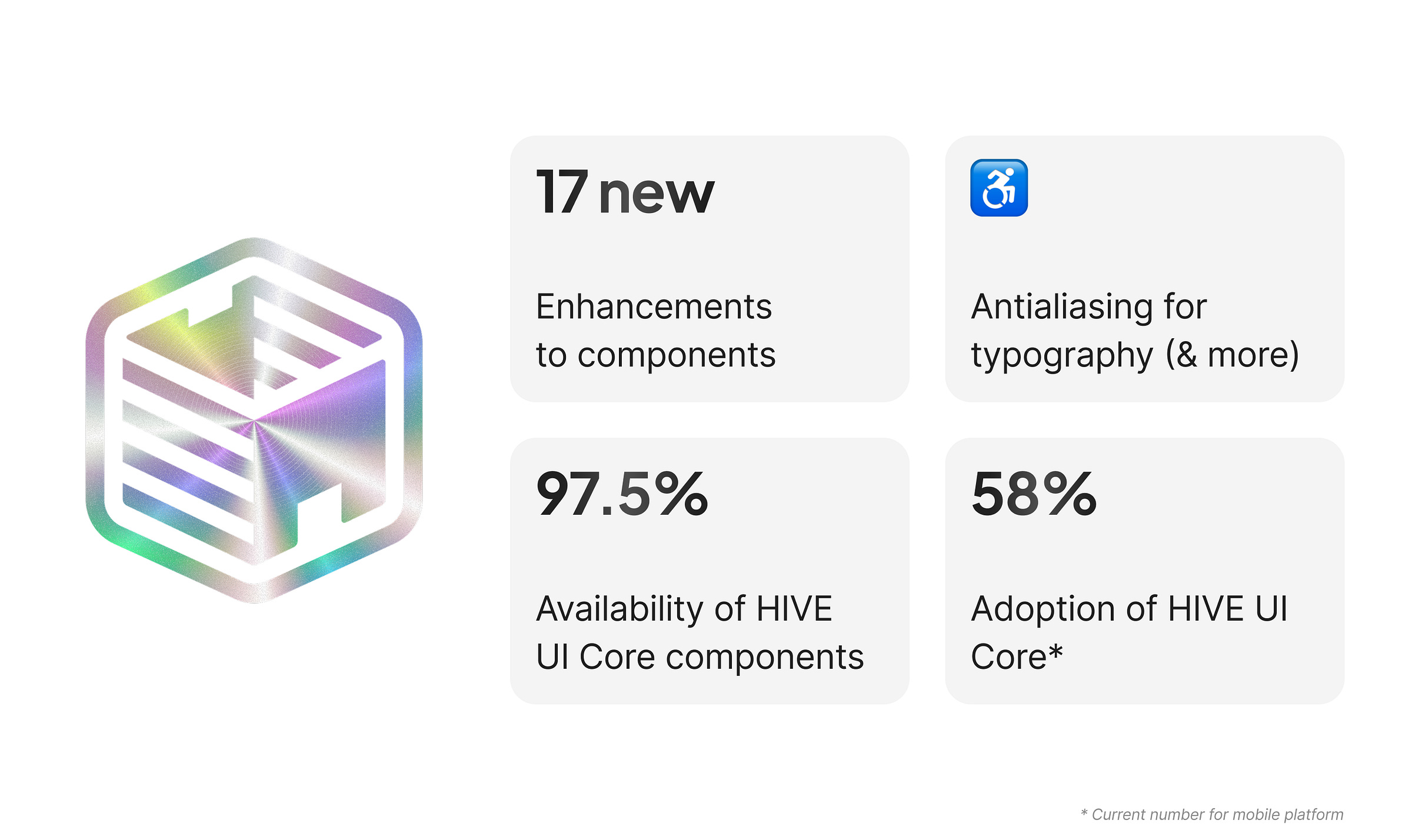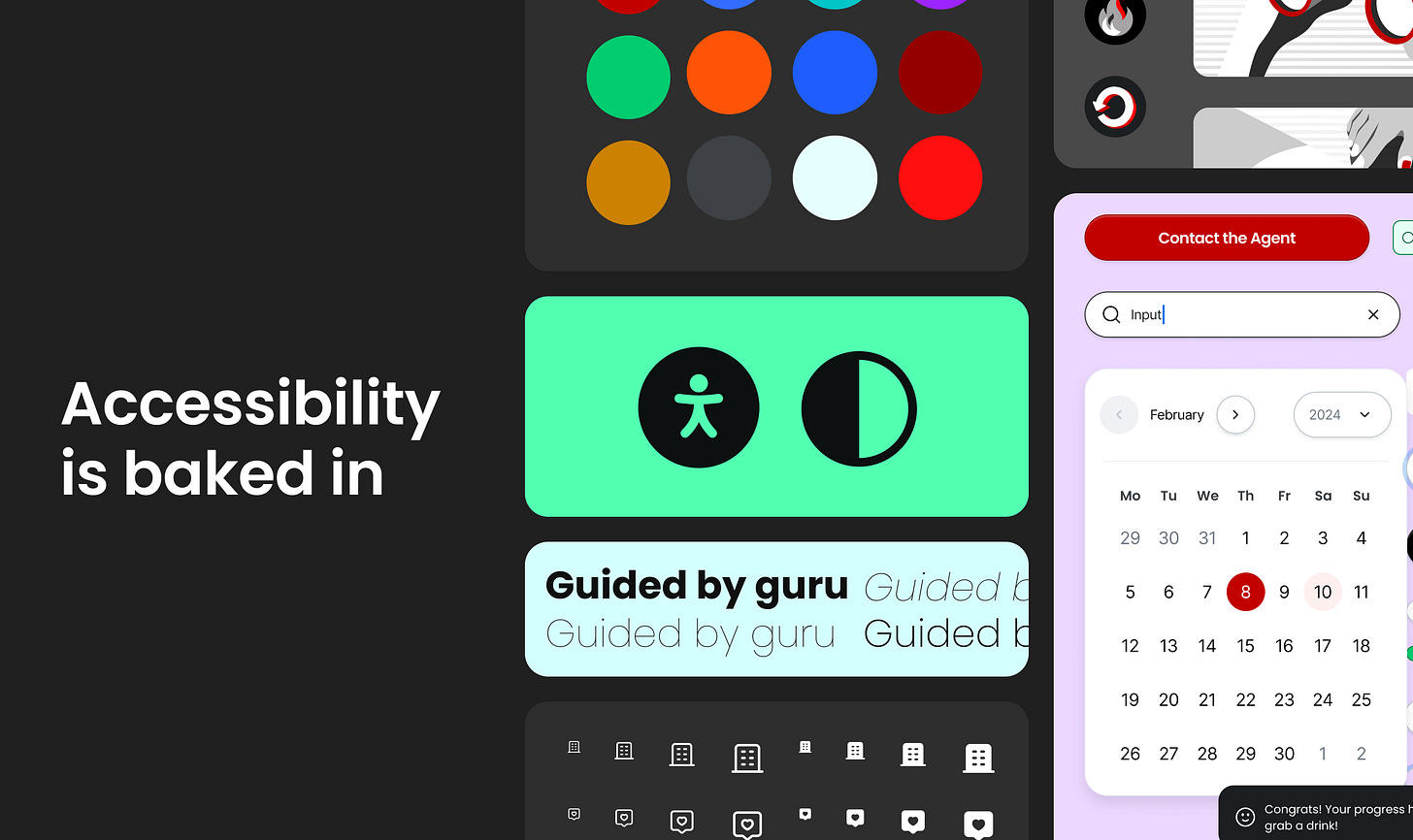Designing for Scale: How we built PropertyGuru’s HIVE System, Brick by Brick
Built HIVE, a multi-brand multilingual WCAG compliant design system at PropertyGuru across 4 countries with legacy code, delivering real impact in production.
Over the last decade, I’ve had the opportunity to shape design systems at Jupiter and BookMyShow. Back then, they were more about bringing visual consistency to fast-moving teams. Think of them as robust Figma sticker sheets that helped designers speak the same visual language providing predictable visual consistency for end users.
But what we’ve built at PropertyGuru is fundamentally different.
Here, we didn’t just tidy up files or standardize components. We re-architected the design language across four countries, multiple brands, multi-lingual interfaces, and most importantly, we shipped it with engineers, into production, on top of a 15-year-old legacy stack.
This is the story of HIVE, our living, breathing design system. And how, together with a talented team (including Mayank Sagar, our System Lead), we elevated design to be a foundational layer of Southeast Asia’s most trusted real estate marketplace.
Before we begin, how about redesigning Giraffes long neck?
Before we laid the first brick of HIVE, I have been thinking like a classic designer or engineer, should we rebuild from scratch or evolve what already exists?
Nature gave me the answer. A giraffe’s long neck evolved, inch by inch, over millions of years. Not just to reach tall trees but to survive in a competitive ecosystem. Each vertebra, each muscle group carries inherited intelligence. It’s not just form, but mainly it’s function in it’s larger context.
Legacy design systems are similar. At first glance, they may look outdated or fragmented. But buried within are unknown and invaluable lessons. Be it edge-case solutions, real-world behavior patterns, fixing of down time or security features. There were 2 options. Analysing or ignoring. Discarding them for a “clean” start often means losing valuable DNA.
So we didn’t decide to redesign Giraffe’s neck but fix what is broken. We respected the past, responded to the present, and built for the future.
This thinking became the soul of HIVE. It wasn’t just a design upgrade. It was a system evolution.
What is HIVE?
HIVE is more than a component library. It’s our collective muscle memory. It’s where product, design, and engineering collaborate to build experiences that are accessible, familiar, and modern.
The name reflects our philosophy: a hive is strong architectural structure because of its collective nature. Each component is a brick, intentional, reusable, and scalable. It gives us a foundation of our digital experience across PropertyGuru and iProperty platforms.
Problems with most legacy products
Inconsistent UI across geographies, even for the same feature
Time wasted on redesigning or re-coding similar components
Inability to scale new features quickly due to technical and design debt
A fragmented design language that eroded trust and usability
These are obvious because as organisation grows, they optimise for speed to market often creating tech and design debt.
Building with clear objectives
Bringing consistency to our evolving suite of products and features for agents and consumers — whether it’s the agent-facing Marketwatch, new listing creation flow, or upgrading our consumer-facing listing details page
Helping designers and engineers work better together
Reducing rework and duplication across geographies
Building a predictable and consistent experience for both sides of the marketplace. Agents and Consumers. Especially for agents since they are power users and habitual to existing ways of working
What we found (a bit embarrassing)
Let’s be honest any long-running product accumulates clutter:
Disconnected patterns, interactions, flows and visual treatment
If I have to be a bit nerdy, 47 spacing values, 8 variations of the same button, 13 unused components buried in Figma and more
Every inconsistency was an opportunity to simplify, unify, and bring clarity. And every cleanup move helped the team move faster. Creating experiences that feel cohesive, familiar, and trusted for our users.
The Engineering story
Our engineers had been building with care but often improvising to fill gaps. We all know the challenges of building for business outcomes while striving for performance. But both engineering and design teams understood the long-term impact of continuing down this path. So we:
Aligned frameworks for better interoperability
Reduced duplication and focused on component quality
Created shared patterns for faster, more confident collaboration
Built modular systems that could grow with us — like adding new rooms to a strong foundation
After all our agreements and disagreements, we aligned. We presented our plan to leadership with a big caveat:
“For some time, PropertyGuru will look broken (about 6 months) with new and old components on the same page. It’s the tradeoff of going brick by brick. Are we ready?”
The product and leadership teams agreed. It was the biggest win we could achieve. We were refining and evolving what existed into something more cohesive, modern, and accessible. But there was a cost for this.
Every change comes at a cost. It was painful.
Change always meets resistance. So we made it gradual. Wide ranging initiatives across team ensure the pain was handled gracefully.
Old and new systems ran in parallel
Weekly adoption updates kept teams aligned
Regular grooming sessions ensured designers were using components correctly
Training and documentation gave engineers plug-and-play clarity
Change was evident and celebrated
Numbers spoke for themselves
Another important element - Accessibility
We recently launched sustainability report and better support for labels and type rendering to our system. For designers, accessibility isn’t a checkbox — it’s a core design principle. HIVE now includes guidance for contrast ratios, focus states, semantic structure, and screen-reader behavior. We’re embedding inclusive design right into the system, not layering it on top.
Reflections
I’ve built design systems before. But HIVE is different. It’s not just a design achievement. It’s a cultural shift. It has widen my perspective.
The strength of cross-functional collaboration
The power of incremental evolution
The maturity to preserve what works and refine what doesn’t
The leadership it takes to align business, design, and tech across multiple regions
To design system practitioners: this is what it looks like when scale, geography, and legacy meet.
HIVE isn’t just a system. It’s how we bring 4 million users. 40K plus agents, property developers, engineers, designers into a more cohesive, trustworthy experience every single day. PropertyGuru is here to find your dream home and it take a village.
We are just just getting started. Tell me what do you think?



